Tianjin Chili: The Fiery Jewel of Northern China’s Spice Scene
When you think of Chinese chilies, your mind might immediately jump to the bold and numbing heat of Sichuan peppercorns. But what if we told you that tucked away in the bustling northern port city of Tianjin lies a chili variety that packs just as much punch — with a unique twist? The Tianjin chili, often overshadowed by its more famous cousins, deserves its own spotlight.
In this deep-dive article, we’ll explore everything from flavor profiles and growing conditions to how to use it like a pro in your kitchen. Whether you're a seasoned spice hunter or a curious home cook, there's something here for everyone. Buckle up — it's time to spice things up!
Table of Contents
- What is Tianjin Chili?
- The Hidden History Behind This Northern Firecracker
- Flavor Profile: What Sets It Apart?
- How to Grow Tianjin Chilies at Home
- Cooking Tips: From Stir-Fries to Street Food
- Comparing Tianjin Chili to Other Chinese Varieties
- Spice Level Breakdown: How Hot Is It Really?
- Preservation Techniques: Keep the Heat Alive Year-Round
- Global Influence: Where Else Does Tianjin Chili Show Up?
- Summary: Why Tianjin Chili Should Be on Your Spice Radar
What is Tianjin Chili?
The Tianjin chili, known locally as Tianjin La Jiao (<天津辣椒), is a medium-heat chili pepper native to the coastal municipality of Tianjin in northern China. It’s commonly used in both fresh and dried forms, playing a key role in local dishes that blend seafood, briny influences from the Bohai Sea, and classic northern Chinese flavors.
Unlike the more widely exported varieties such as the Sichuan Er Jing Tiao or the Hebei-shaped lantern peppers, Tianjin chilies are relatively unknown outside of their region — but that doesn’t mean they lack flavor, depth, or character.
The Hidden History Behind This Northern Firecracker
Contrary to popular belief, Tianjin has a surprisingly long history with chilies. Although it's not traditionally associated with spicy cuisine like Hunan or Guizhou, chili peppers were introduced to the region during the Qing Dynasty through maritime trade routes along the Yellow Sea.
Fishermen and traders brought back not only new ingredients but also cooking techniques that blended well with the already robust northern flavors. Over time, the chili adapted to the local soil and climate — giving birth to the distinct Tianjin chili we know today.
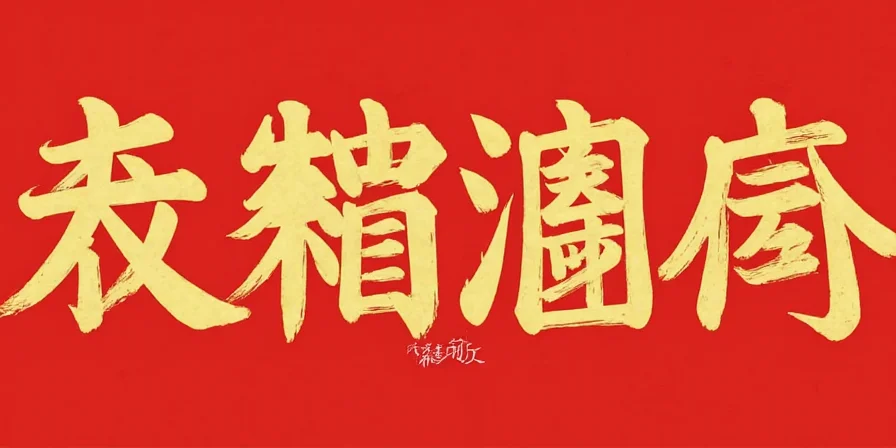
Flavor Profile: What Sets It Apart?
The Tianjin chili is a masterclass in balance. Here's what makes it stand out:
- Earthy sweetness – A gentle fruity undertone that prevents the heat from overwhelming your palate.
- Clean burn – Unlike some smoky or greasy-feeling chilies, Tianjin peppers deliver a crisp, upfront heat that fades nicely without lingering unpleasantly.
- Slight saltiness – Possibly influenced by the nearby sea air, many tasters report a subtle saline note when eating them raw or pickled.
| Variety | Heat Level (SHU) | Flavor Notes | Common Use |
|---|---|---|---|
| Tianjin Chili | 30,000–50,000 | Earthy, sweet, slight salinity | Seafood stir-fries, pickles, dry-spiced dishes |
| Sichuan Er Jing Tiao | 25,000–45,000 | Smoky, slightly acidic | Mala hotpot base, chili oils |
| Thai Bird's Eye Chili | 50,000–100,000 | Intense, sharp, grassy | Curries, sauces, salads |
How to Grow Tianjin Chilies at Home
If you're feeling adventurous (or just love experimenting), you can try growing your own Tianjin chilies right at home. They’re relatively easy to grow, especially in temperate climates or under greenhouse conditions.
Quick Growing Guide
- Climate preference: Warm summers, moderate humidity
- Soil type: Well-draining loam with good organic content
- Sun exposure: Full sun, at least 6 hours per day
- Watering: Regular but not overwatered; avoid soggy roots
- Harvest time: Around 70–90 days after planting
Cooking Tips: From Stir-Fries to Street Food
Here are some practical ways to incorporate Tianjin chilies into your daily cooking:
- Stir-Fried Scallops with Tianjin Chilies – Use thinly sliced fresh chilies to give the dish a fiery zing that complements the natural sweetness of scallops.
- Pickled Tianjin Chili Relish – Ferment chopped chilies with garlic, vinegar, and a touch of sugar for a tangy condiment that goes great on dumplings or congee.
- Dry-Braised Eggplant – Substitute traditional chilies with Tianjin ones for a cleaner heat that lets the smoky eggplant shine.
- Chili Oil Infusion – Toast dried Tianjin chilies in oil with Sichuan peppercorns for a homemade chili oil with a complex flavor profile.
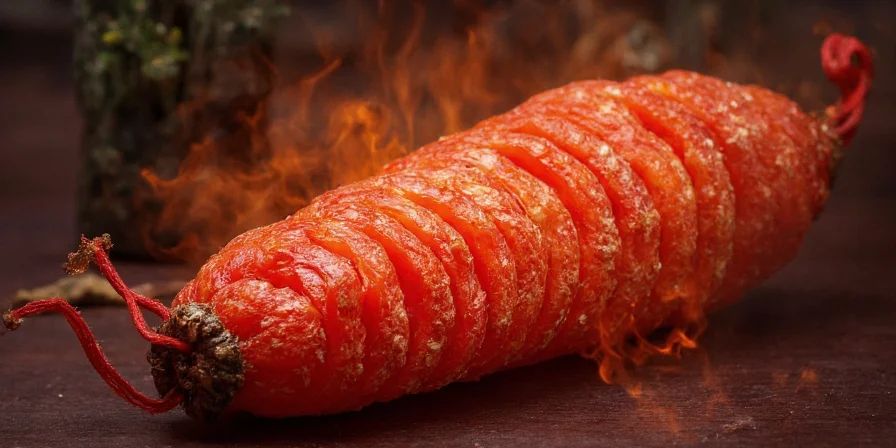
Comparing Tianjin Chili to Other Chinese Varieties
To understand the true identity of the Tianjin chili, let’s compare it with other regional heroes:
| Feature | Tianjin Chili | Sichuan Er Jing Tiao | Hunan Lao Gan Zi |
|---|---|---|---|
| Heat Level | Medium-High | Medium | Very High |
| Flavor Complexity | Earthy + Salty | Smoky + Fruity | Sharp + Bitter |
| Best For | Seafood, pickling, oil infusion | Mala soups, braises | Dry pots, steamed fish |
| Visual Appeal | Reddish-orange, tapered | Bright red, elongated | Deep red, short and thick |
Spice Level Breakdown: How Hot Is It Really?
The Tianjin chili measures between 30,000–50,000 SHU (Scoville Heat Units), placing it firmly in the medium-hot range. For context:
- Jalapeño: 2,500–8,000 SHU
- Tabasco Pepper: ~30,000 SHU
- Cayenne: 30,000–50,000 SHU
- Habanero: 100,000–350,000 SHU
This makes Tianjin chilies perfect for those who want heat with nuance, rather than an overpowering firestorm.

Preservation Techniques: Keep the Heat Alive Year-Round
Tianjin chilies store exceptionally well due to their semi-thin skin and low moisture content. Here are several ways to preserve them:
- Air drying – Hang in bunches in a cool, ventilated area. Once fully dried, store in paper bags or glass jars.
- Freezing – Simply wash and freeze whole chilies. No need to thaw before using in soups or stir-fries.
- Pickling – Brine with salt, vinegar, garlic, and spices for a pungent condiment.
- Oil preservation – Submerge dried chilies in olive or vegetable oil and keep refrigerated for up to six months.
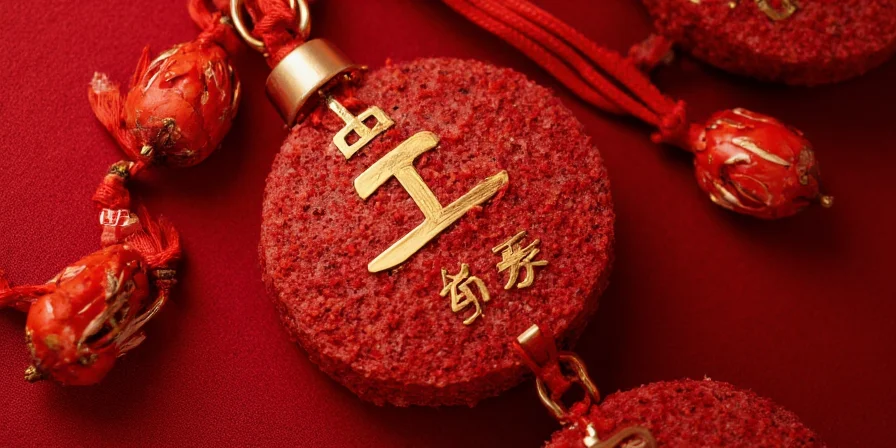
Global Influence: Where Else Does Tianjin Chili Show Up?
While primarily used in Tianjin-style cuisine, these chilies have found their way into fusion dishes around the world. Some notable mentions include:
- Korean-Chinese fusion dishes – In northeast China and parts of Korea, Tianjin chilies are sometimes used in Zha Jiang Mian (炸酱面) noodles for added heat.
- Japanese ramen toppings – In Tokyo ramen shops, dried Tianjin chilies are crushed and sprinkled over bowls for extra kick.
- New York City food trucks – Trendy dumpling vans use pickled Tianjin chilies in tacos and banh mi sandwiches for a unique global twist.
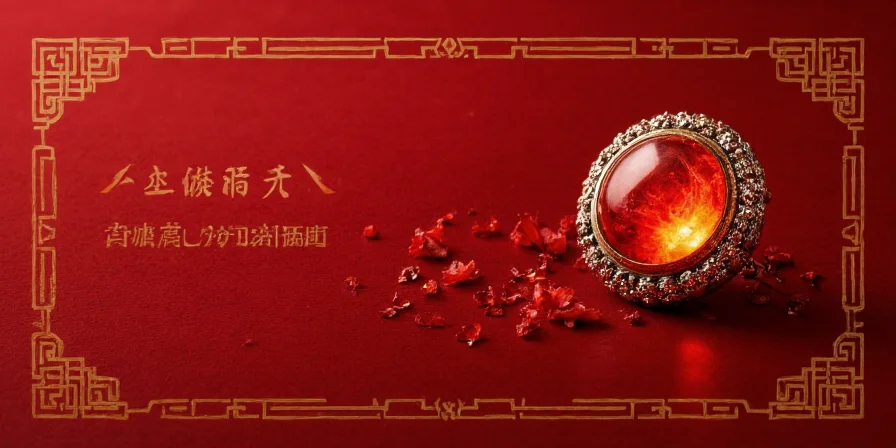
Summary: Why Tianjin Chili Should Be on Your Spice Radar
From its coastal origins and balanced flavor profile to its versatility in both fresh and dried form, the Tianjin chili deserves recognition beyond its hometown. Whether you're a spice lover looking to expand your pantry or a chef aiming to bring a clean, crisp heat to your seafood dishes, don’t overlook this hidden gem from northern China.
Next time you see Tianjin chilies at your local Asian market or spice shop, grab a few — they might just become your secret ingredient in creating unforgettable meals.
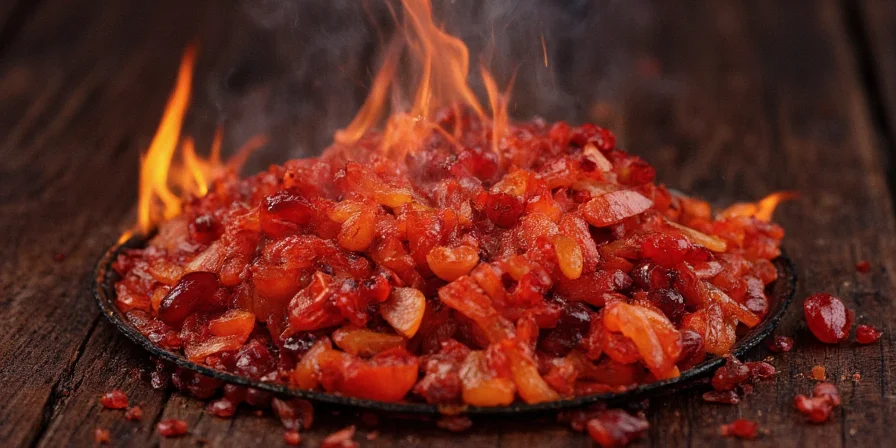
Final Thoughts
As we wrap up this flavorful journey through the world of Tianjin chilies, remember: spice isn't just about heat. It's about story, tradition, and innovation. And sometimes, the best discoveries come from places you least expect — like a harbor city where sea breezes meet fire.










 浙公网安备
33010002000092号
浙公网安备
33010002000092号 浙B2-20120091-4
浙B2-20120091-4